Using mobile phones as part of GOV.UK Verify
...second step can be a code sent to a mobile phone (one of the more commonly used methods), or it can be another method such as a code communicated to...
...second step can be a code sent to a mobile phone (one of the more commonly used methods), or it can be another method such as a code communicated to...
...but things had evolved significantly since. It made sense to write a fresh Privacy Impact Assessment, also known as a Data Protection Impact Assessment. Initially designed as an internal project...
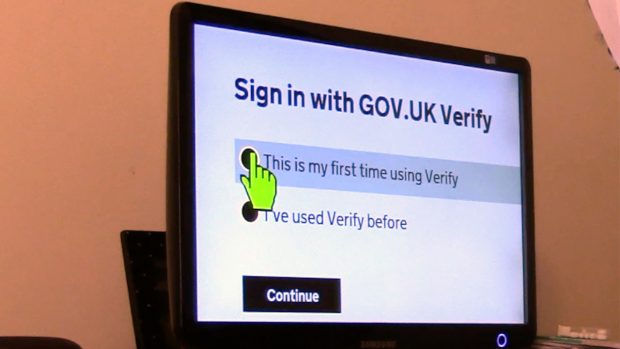
...However, this design was extremely confusing for people who cannot make use of the visual logic. The checkbox question does not sound significantly different to the Yes/No radio buttons to...

...with the live service. For example, we took the initial part of the user journey (from the sign-in/register page through to choosing an identity provider) and configured the pages in...
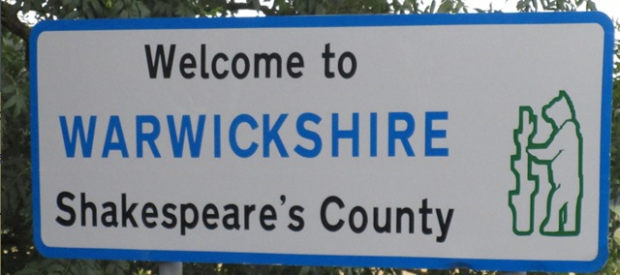
...The paper examines how a local authority’s identity assurance scheme, in this case, Warwickshire County Council (WCC), could work with the central government scheme, potentially leading to a single, standards-based...

...checking between local and central government as part of a local authority service. This is often referred to as attribute exchange. For users, this would mean only having to prove...
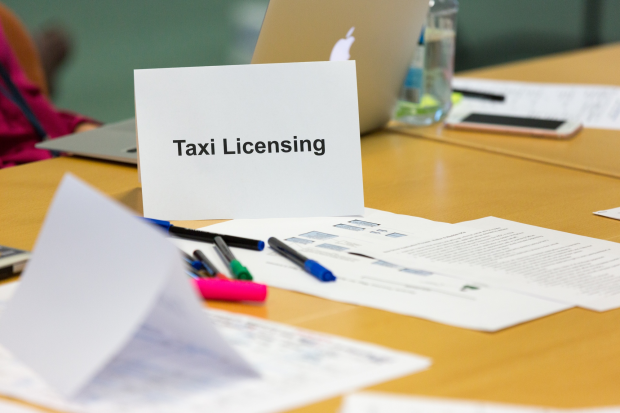
...identify savings and improvements that could be enabled by using GOV.UK Verify (and central government eligibility data, in the case of disabled people’s travel passes). Our findings reflect the benefits...
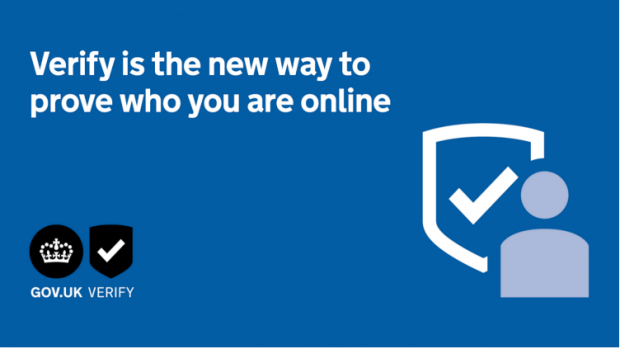
...tomorrow. GOV.UK Verify has tackled this problem in a new way. Instead of storing information centrally, GOV.UK Verify works with a range of independent companies, as a kind of safety...
GOV.UK Verify works to published standards for identity assurance. These standards were designed to be usable in the wider public and private sectors as well as for central government services....
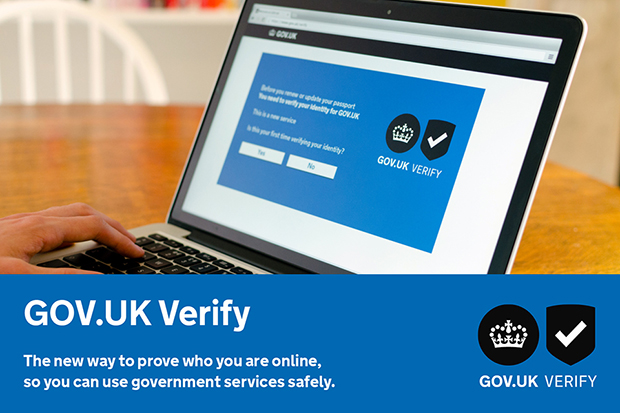
...will join them soon. More than 25,000 people have verified their identity using GOV.UK Verify and they have signed in more than 80,000 times in total (see our page on...